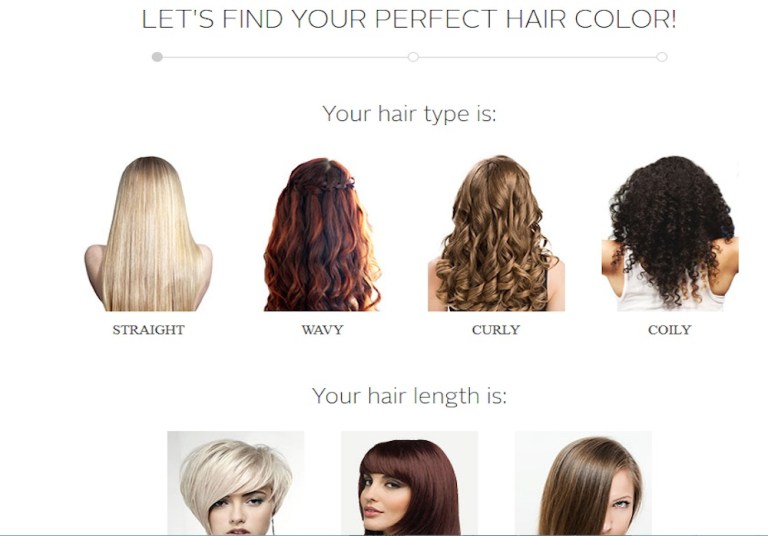
Hair color is big business – particularly in the United States, where 85 percent of women report coloring their hair in some fashion. How they do it varies. About 48 percent trek to a salon to have their locks dealt with by professionals, while about 52 percent favor the DIY method at home in their own bathrooms.
The do-it-yourselfer being in the majority makes a good deal of sense, considering one can pick up a box of hair dye at a drugstore for about $6, whereas the work of a professional will generally cost a couple hundred.
The problem, Madison Reed’s Chief Product Officer Maureen Watson told PYMNTS, is that the price is usually where the advantages end when it comes to boxed hair dye. Among the problems consumers are likely to encounter are cheaply made dyes that are full of ammonia that will certainly change their hair color, but often at the cost of ruining the hair’s texture.
Plus, the customer has to get the color right – and that’s not always easy. A professional at a salon mixes the dye to be a perfect match, but the shopper in the store has to look at a picture on a box to gauge whether it’s the desired shade.
Madison Reed’s goal, Watson noted, is to enable consumers to actually get salon-quality hair color at home.
“Our focus is to match that consumer to the exactly right shade and then give her everything she needs in the box – so women get to take control of their beauty,” she said.
That meant fixing the product and taking a lot of things off the ingredient list – PPD, parabens, ammonia and wheat gluten all got the boot. Yes, you read that last one right: Wheat gluten is a common preservative in hair products, and is just as dangerous to some people in a dye as it would be if eaten.
Madison Reed has spent the last several years developing what Watson described to PYMNTS in 2017 as “the AI of hair dye.” A customer’s first visit to the Madison Reed site is a bit like an online dating experience, if one were looking to make a product match instead of a romantic one. The consumer answers questions about their hair color, style, dyeing history, length and texture, so the AI has the right data to crunch.
“We run all of that data through a pretty sophisticated algorithm to recommend the best of one of our shades in our color portfolio,” Watson said. “That tool is always updated and continuously feeds new information, because our goal is to use that algorithm to make better recommendations all the time.”
The company has also been working to make their product more widely accessible. The firm runs its own “color bars,” and has recently expanded a partnership with Ulta Beauty, which was first announced in 2017, to make the beauty chain its exclusive wholesale partner.
“[Ulta is] interested in innovative things that are happening in the beauty and self-care industry. They liked what they saw, and so we decided to see how we can work together,” Watson said of their initial idea to place Madison Reed products on Ulta’s shelves. That partnership recently expanded to bring Madison Reed’s lineup into more than 1,200 Ulta stores and onto its digital channels. The expansion will also go beyond the hair dyes to include Madison Reed’s entire offering, including color-reviving gloss, color-protecting shampoo and conditioner, root touch-up powder and hair color primer.
The move with Madison Reed comes as Ulta has been working to build a larger stable of exclusive brand partnerships and product launches. On the company’s last earnings call, CEO Mary Dillon referenced the power of digital-first brands to drive sales and store visits.
“These brands drive very strong traffic in stores, suggesting our guests are motivated to make more trips to the store to try these products in person,” Dillon said at the time.
Madison Reed is the latest addition to the lineup that Ulta is hoping will drive a dedicated subset of digital shoppers to its stores.